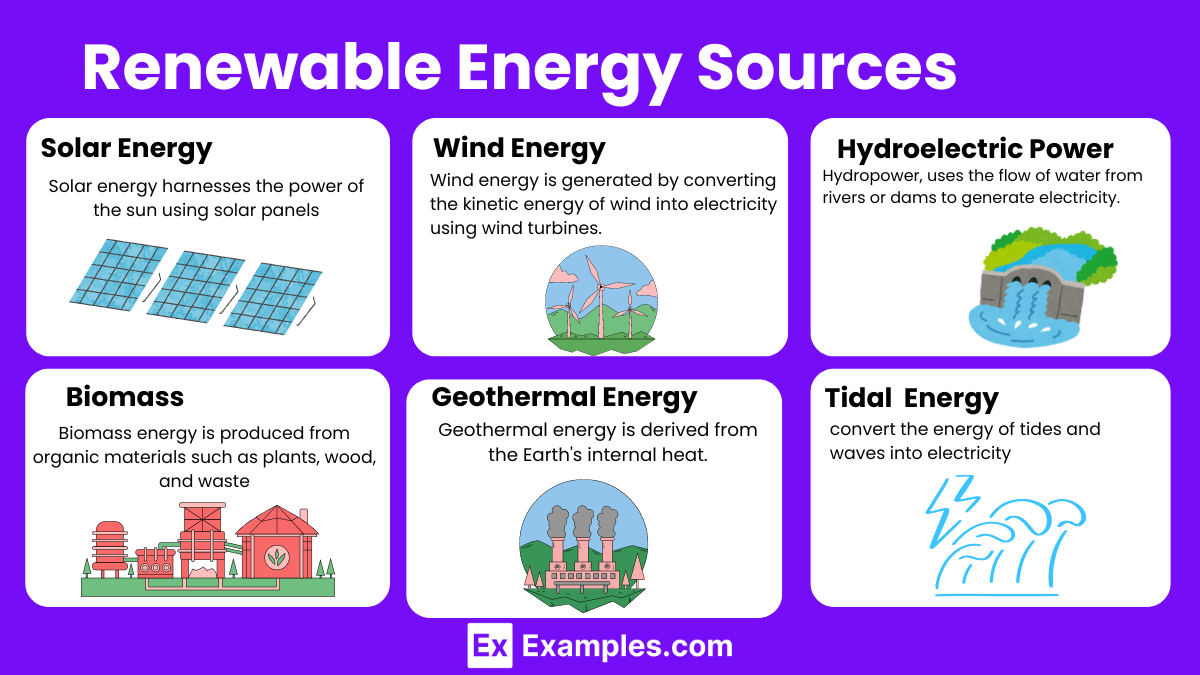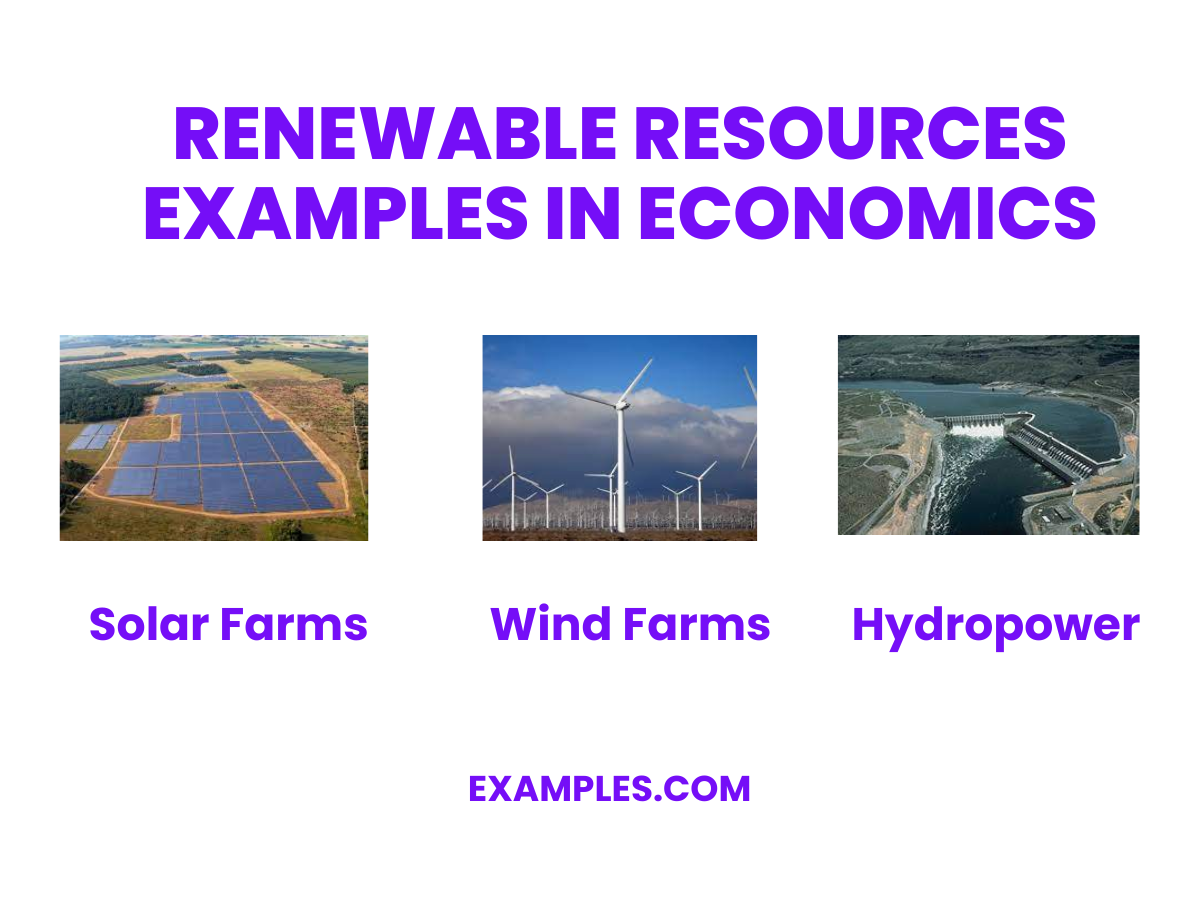Which of the following is considered a renewable resource?
Coal
Natural gas
Solar energy
Nuclear energy

 A prime example of renewable resources is Solar Energy. Harnessing the sun’s power through solar panels, it provides a limitless and clean energy source. Solar energy demonstrates the potential of renewable resources in reducing dependence on fossil fuels and mitigating environmental impact. Its versatility in applications, from residential power to large-scale energy generation, makes it an ideal example for discussing renewable energy’s role in sustainable development and environmental conservation.
A prime example of renewable resources is Solar Energy. Harnessing the sun’s power through solar panels, it provides a limitless and clean energy source. Solar energy demonstrates the potential of renewable resources in reducing dependence on fossil fuels and mitigating environmental impact. Its versatility in applications, from residential power to large-scale energy generation, makes it an ideal example for discussing renewable energy’s role in sustainable development and environmental conservation.
 Renewable resources are vital for sustainable development, offering eco-friendly alternatives to traditional energy sources. This guide introduces 22 renewable resources, each with its unique benefits and applications. Ideal for teachers and students, it emphasizes the importance of these resources in reducing environmental impact and promoting sustainability. Understanding these resources and their practical uses can inspire innovative approaches to conservation and energy management, making this guide an invaluable tool for environmental education.
Renewable resources are vital for sustainable development, offering eco-friendly alternatives to traditional energy sources. This guide introduces 22 renewable resources, each with its unique benefits and applications. Ideal for teachers and students, it emphasizes the importance of these resources in reducing environmental impact and promoting sustainability. Understanding these resources and their practical uses can inspire innovative approaches to conservation and energy management, making this guide an invaluable tool for environmental education.
 In economics, renewable resources play a pivotal role in sustainable development and green economies. They offer cost-effective, environmentally friendly alternatives to traditional resources, driving innovation and economic growth. These examples highlight how renewable resources contribute to economic sustainability, creating jobs and fostering a more resilient global economy.
In economics, renewable resources play a pivotal role in sustainable development and green economies. They offer cost-effective, environmentally friendly alternatives to traditional resources, driving innovation and economic growth. These examples highlight how renewable resources contribute to economic sustainability, creating jobs and fostering a more resilient global economy.
 Renewable resources are increasingly integral to our daily lives, offering sustainable and efficient alternatives to traditional energy and material sources. These examples show how renewable resources can be seamlessly integrated into everyday activities, promoting a greener lifestyle.
Renewable resources are increasingly integral to our daily lives, offering sustainable and efficient alternatives to traditional energy and material sources. These examples show how renewable resources can be seamlessly integrated into everyday activities, promoting a greener lifestyle.
 Incorporating renewable resources at home is a practical step towards a sustainable lifestyle. These examples demonstrate how households can utilize renewable resources, contributing to energy efficiency and environmental conservation.
Incorporating renewable resources at home is a practical step towards a sustainable lifestyle. These examples demonstrate how households can utilize renewable resources, contributing to energy efficiency and environmental conservation.
 Different types of renewable resources provide a range of sustainable energy options, each with unique applications and benefits.
Different types of renewable resources provide a range of sustainable energy options, each with unique applications and benefits.
Text prompt
Add Tone
22 Renewable Resources Examples
Perspectives of Renewable Resources
Which of the following is considered a renewable resource?
Coal
Natural gas
Solar energy
Nuclear energy
What is the primary benefit of using renewable resources over non-renewable resources?
They are more expensive
They are limited in supply
They cause more pollution
They are sustainable and have a lower environmental impact
Which of the following is an example of a biomass renewable resource?
Wind energy
Solar energy
Wood
Geothermal energy
Which type of renewable energy is derived from the Earth's internal heat?
Solar energy
Wind energy
Geothermal energy
Hydro energy
What is the main source of wind energy?
Heat from the Earth's core
Solar radiation
Movement of air masses
Biomass decomposition
Which renewable resource is used to generate electricity by capturing the movement of water?
Solar panels
Wind turbines
Hydroelectric dams
Geothermal wells
What is a common method for storing energy from renewable sources like wind and solar?
Burning fossil fuels
Using energy storage batteries
Heating water
Combustion engines
Which of the following is NOT a renewable resource?
Natural gas
Tidal energy
Biomass
Wind energy
How does the use of renewable resources contribute to reducing greenhouse gas emissions?
By increasing the demand for fossil fuels
By decreasing the need for energy efficiency
By replacing fossil fuels with cleaner energy sources
By promoting deforestation
Which of the following renewable resources involves converting sunlight directly into electricity?
Hydropower
Biomass
Solar photovoltaics
Wind turbines
Before you leave, take our quick quiz to enhance your learning!

